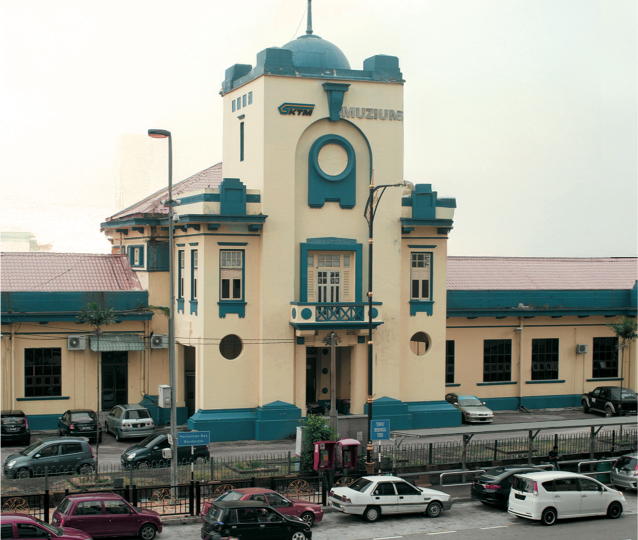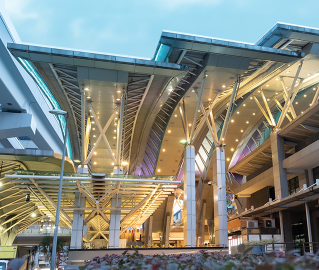Segamat
In 1909, Johor’s first train rolled into Segamat, marking the start of a new era. The station was later rebuilt in 1924, and its iconic iron truss bridge still stretches across the river—a familiar sight for generations.
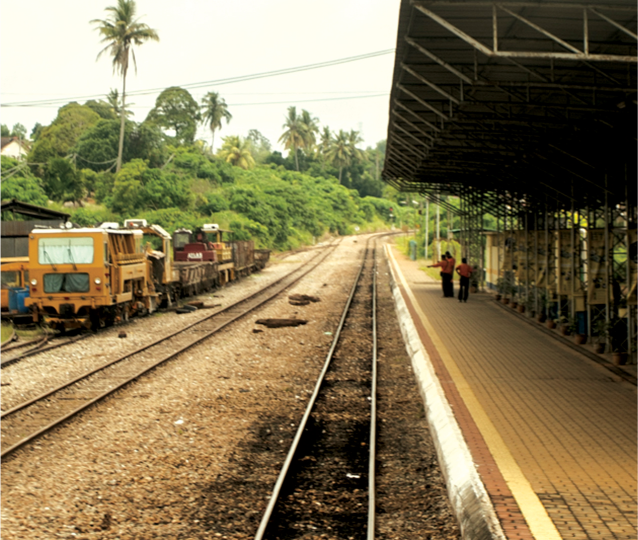

Labis
Once the lifeline for nearby rubber estates and Malay villages, Labis Railway Station turned this small town into a thriving agricultural centre. The trains brought goods to market and people to opportunity.
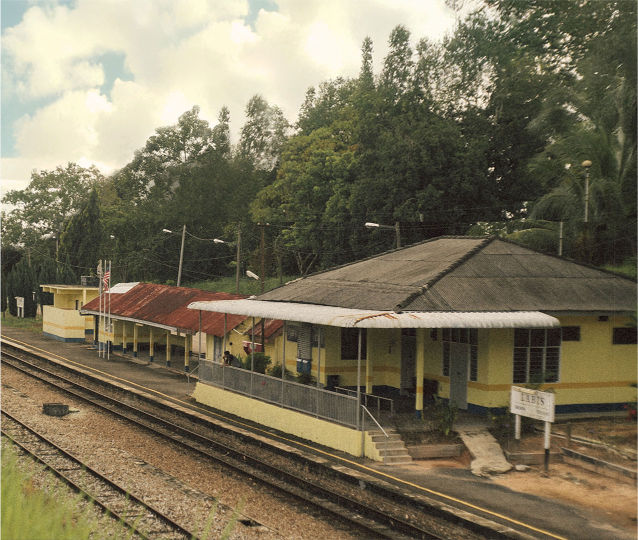
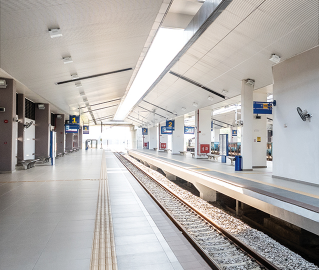
Bekok
Bekok began as a quiet settlement built around rubber plantations. For workers and smallholders, the railway was everything: it connected them to bigger towns like Kluang and Segamat. These days, Bekok carries a nostalgic charm and stands as the western gateway to Endau Rompin National Park, where adventure and old-world serenity meet.
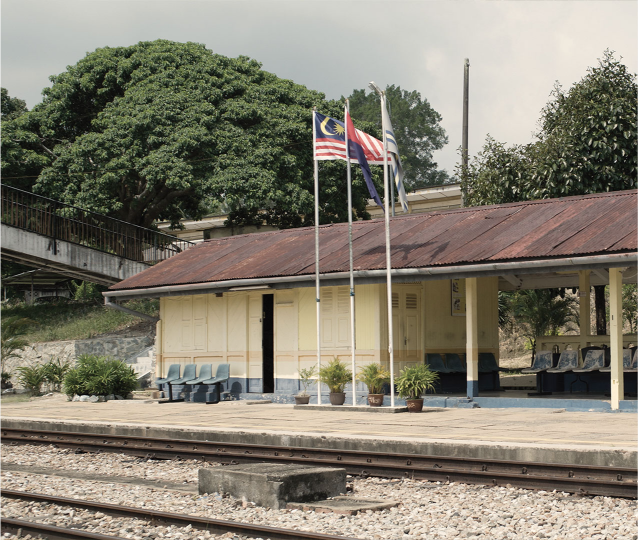
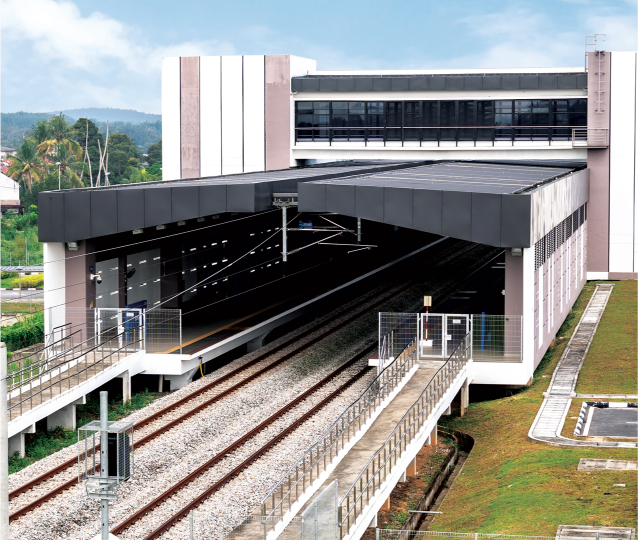
Paloh
Established in 1913, Paloh lies between Bekok and Niyor. Surrounded by rubber and oil palm estates, the town holds onto its roots. The original railway canteen now operates from a nearby shoplot, still serving locals daily.
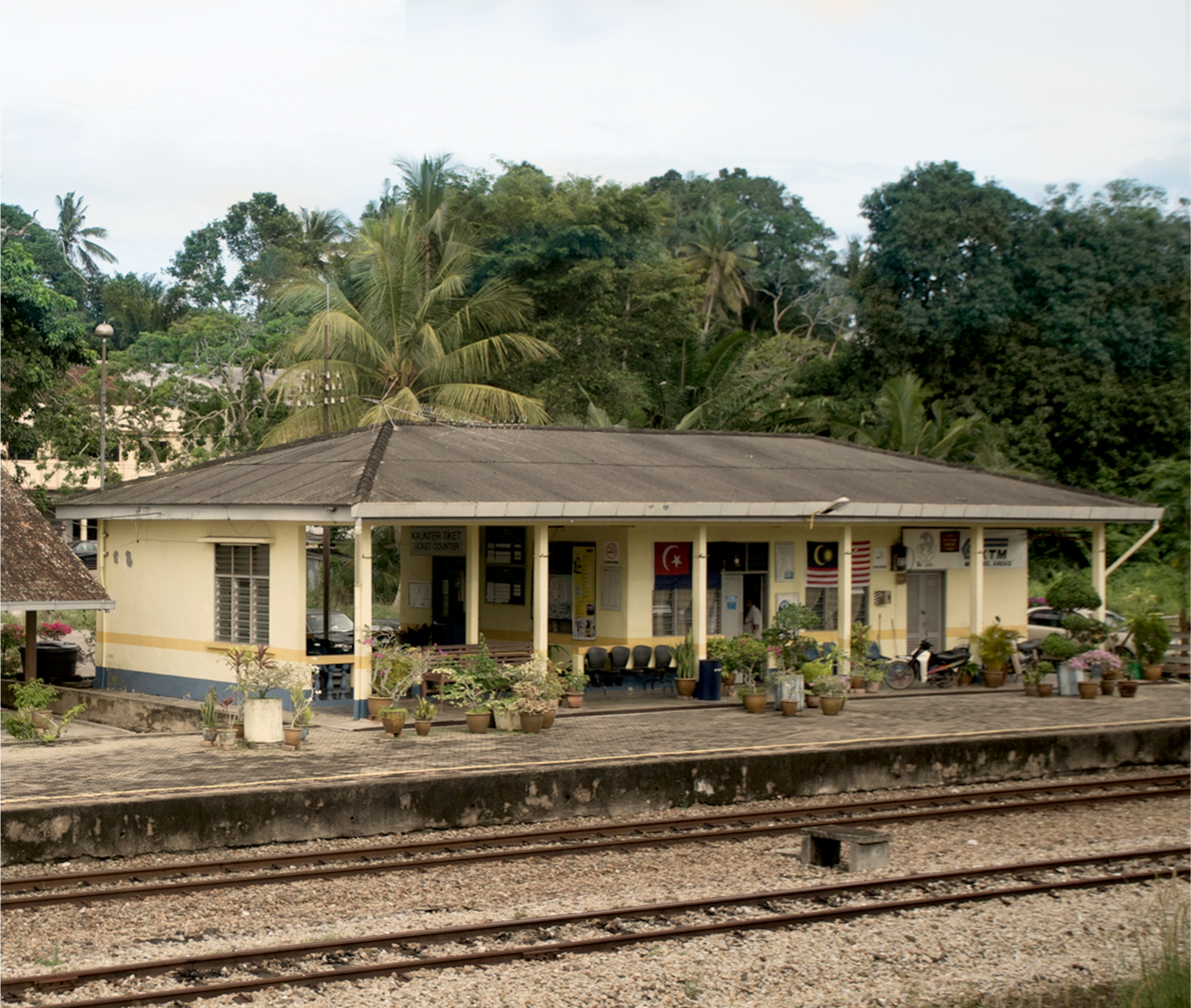
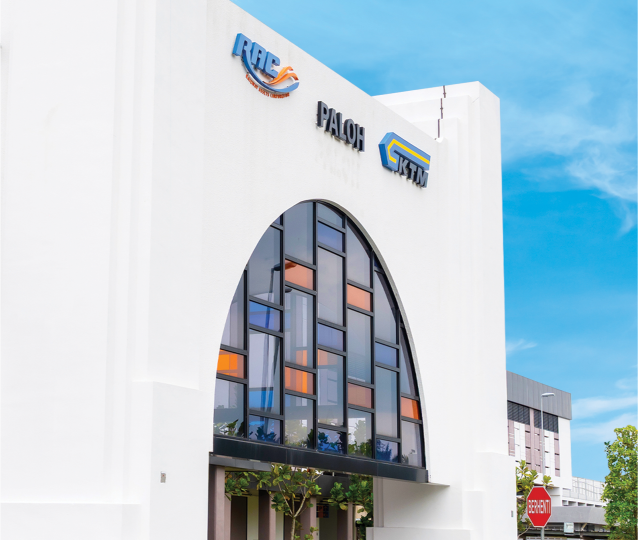
Kluang
With its central location, Kluang was once proposed as Johor’s capital in 1916. All northbound trains pass through here, making it a vital transit hub. It’s also home to the beloved Kluang Rail Coffee and rich in rubber and palm oil history.
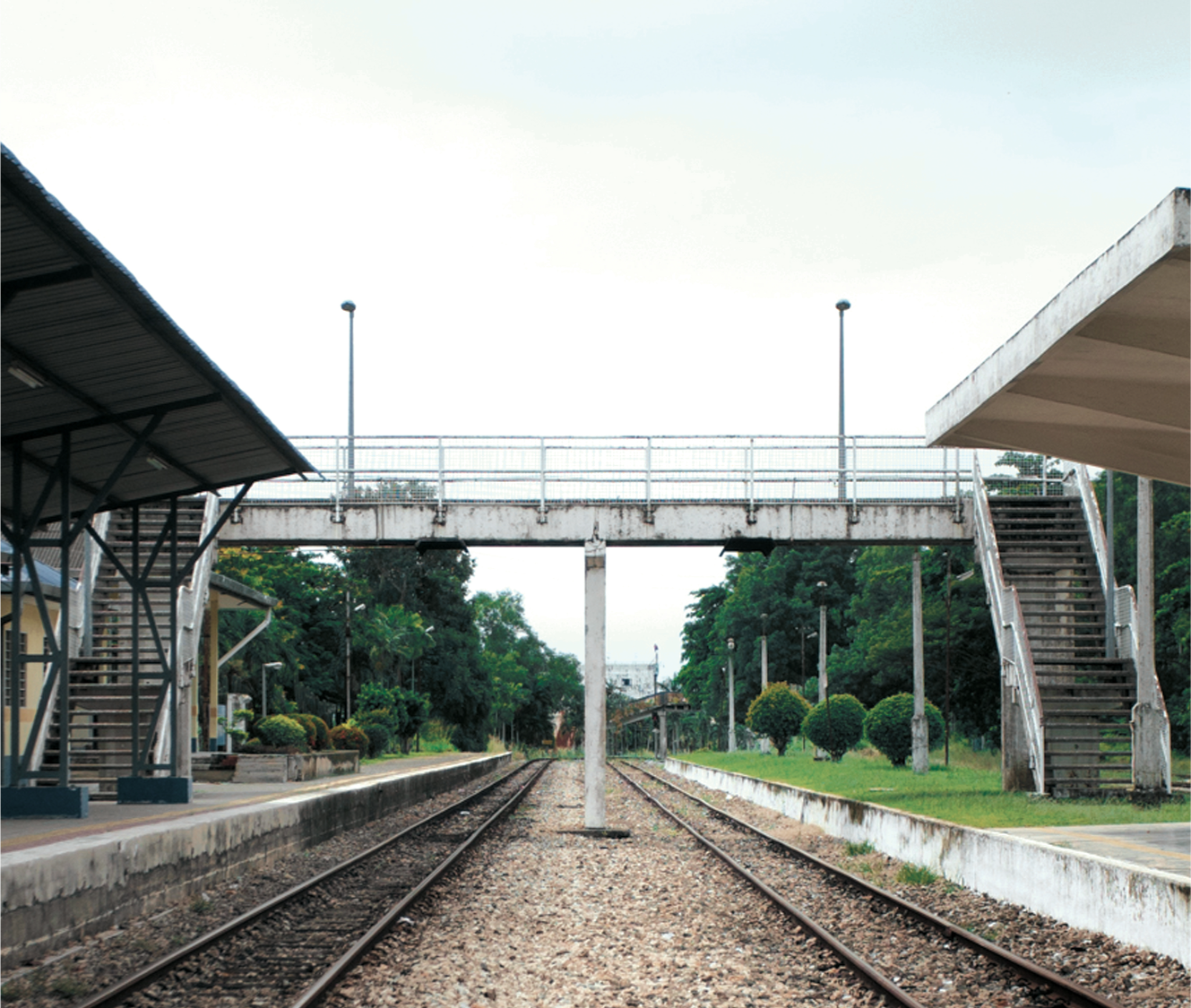
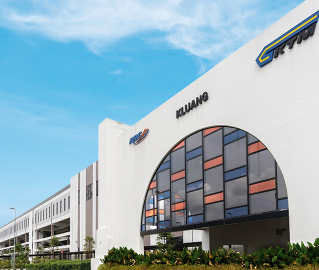
Rengam
Opened in 1909, Rengam was a stop surrounded by colonial-era plantations. The town’s history lives on in its vintage shophouses and the Hainanese Association building. A highlight? Queen Elizabeth II’s visit in the 1950s.
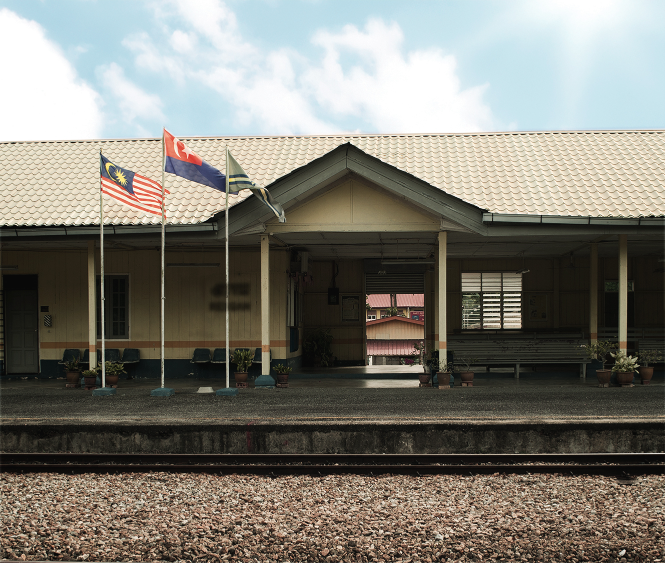
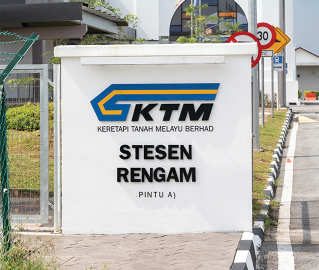
Layang-Layang
Some say the town got its name from the swallows and kites that once soared above the tracks. Layang-Layang grew around its station, becoming a small but soulful stop between Kluang and Johor Bahru. Morning tai chi on the field, childhood strolls along the rail—here, it’s the quiet moments that matter.
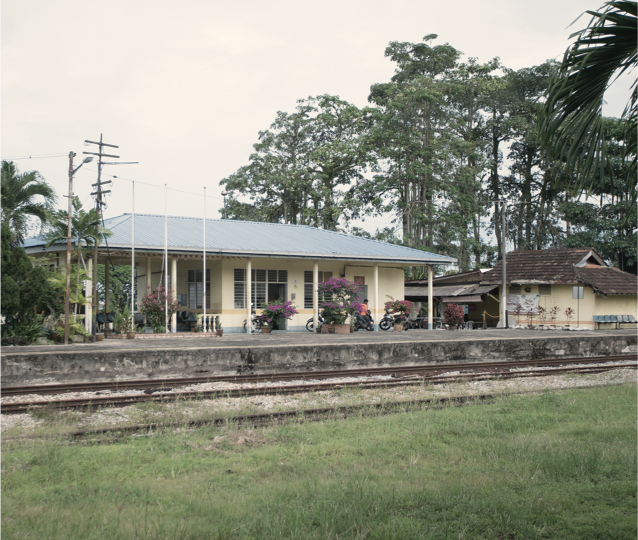
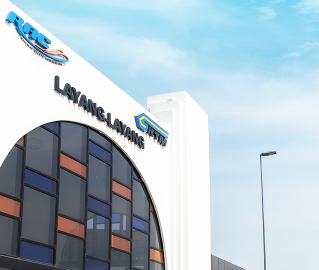
Kulai
Was it the tortoises after the rain? However it got its name, Kulai’s story is filled with folklore and quiet pride. Its wooden railway station, opened in 1909, still stands by the main road—weathered but strong. These days, Kulai is often called one of Malaysia’s happiest towns, where the past lives on in every smile.
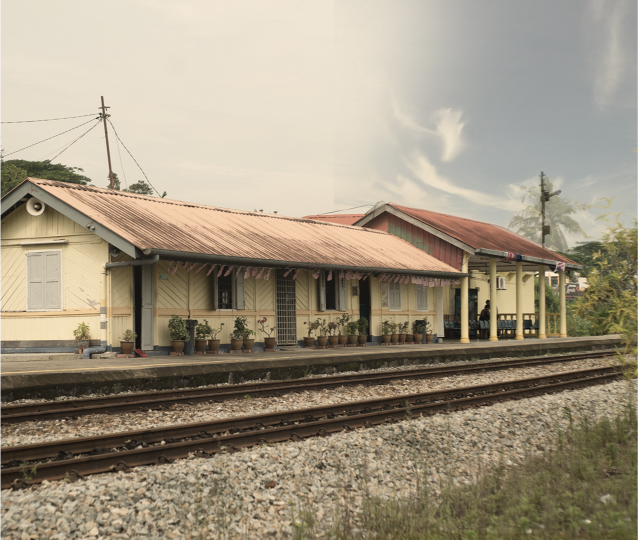
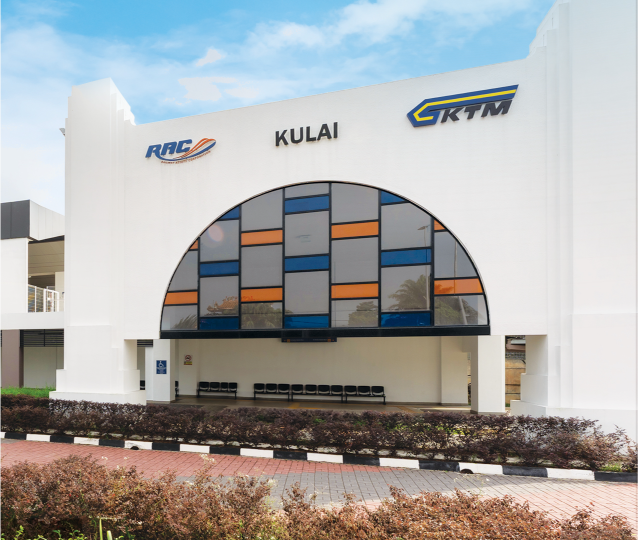
Kempas Baru
It started as a temporary stop in 1920, just a small halt between Senai and Tampoi. Locals called it Kempas, after the nearby stream. Within years, it grew into a proper station, its roof shaped like buffalo horns in Minang style. After decades of quiet, Kempas Baru came back to life.
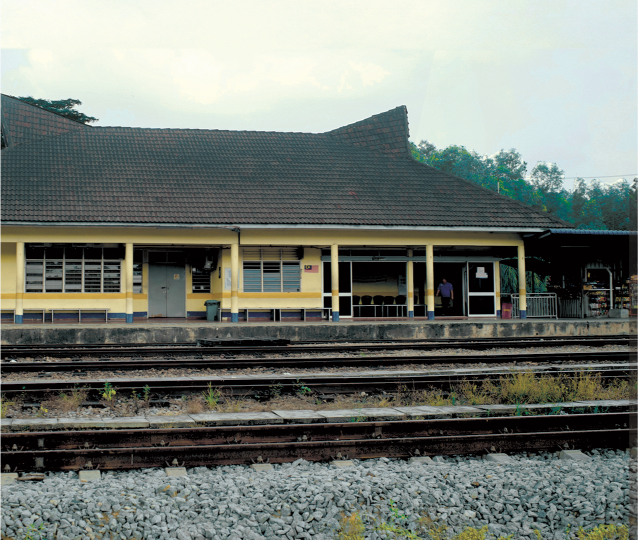
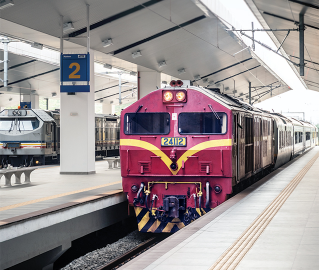
Johor Bahru Sentral
Once known as Tanjung Puteri, Johor Bahru began as a sleepy fishing village, but change arrived fast. The railway reached JB in 1909, and the iconic Causeway followed in 1924. As the city grew, so did the station—culminating in JB Sentral’s opening in 2010. Today, it’s not just a hub for cross-border travel, but a symbol of how far the city has come.
